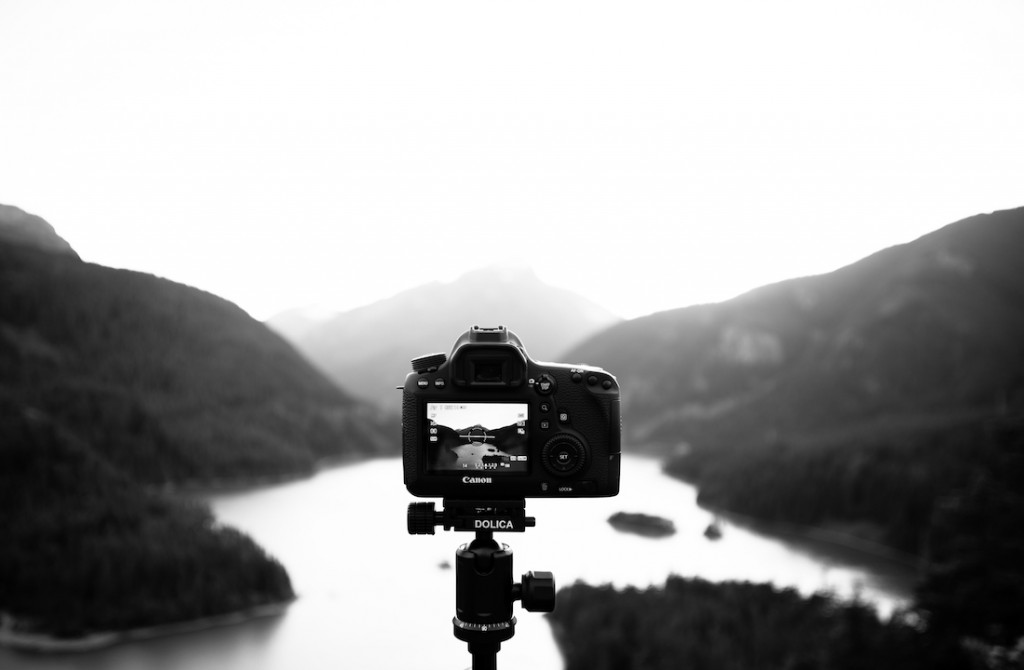- Total36
- Facebook28
- Pinterest2
- Email6
In the days of film cameras, ISO related to film speed. Film had a different number on it, based on how sensitive it was to light. In a digital camera, it serves the same function, but instead refers to how sensitive your camera’s sensor will be to light.
Cameras have come a long way in recent years, and sensors are better at handling dark situations than they’ve ever been. But it’s still very important to understand how ISO works, and what effect changing it will have on your images.
I always set my ISO first. The light available depends on the setting. If I’m inside, or outside, in a dark reception hall or a bright studio, the light that I will be able to use varies.
Most cameras start at ISO 50 or 100. The number always doubles, for example, from 100 to 200, and so on. The lower the number, the clearer your image will be. The higher the number, the more grain, or noise your image will have. Grainy images often seem fuzzy, especially when you zoom in. The details are obscured by the noise, because your sensor has to work extra hard.
Remember the glass of water in my post about exposure? Imagine that glass of water again. At ISO 50 or 100, the water is clear, and pure, without any grain. With each increase in ISO, imagine sprinkling a bit of sand into the water. The more sand, the less clear the water. The sand is how grainy your image is. Grain reduces the overall quality of your image.
The lowest ISO setting is best for bright, sunny days – where lots and lots of light is available, and you’re shooting outside. A bright but cloudy day might call for ISO 200, while a darker day, or later in the afternoon, you might want to start with ISO 400.
If you’re headed inside to shoot, start with ISO 400 or 800 – even if it’s bright outside.The chart below shows a basic range of ISO based on available light.
But remember – it’s always more important to capture a moment than it is to make a perfect image. A grainy image might be technically imperfect, but if it’s a photo of a moment you can never duplicate, that doesn’t matter.
What have you learned about ISO? What is your best ISO tip for new photographers?
BONUS: I've got a free training series on natural light portrait secrets. CLICK HERE to sign up.
- Total36
- Facebook28
- Pinterest2
- Email6








